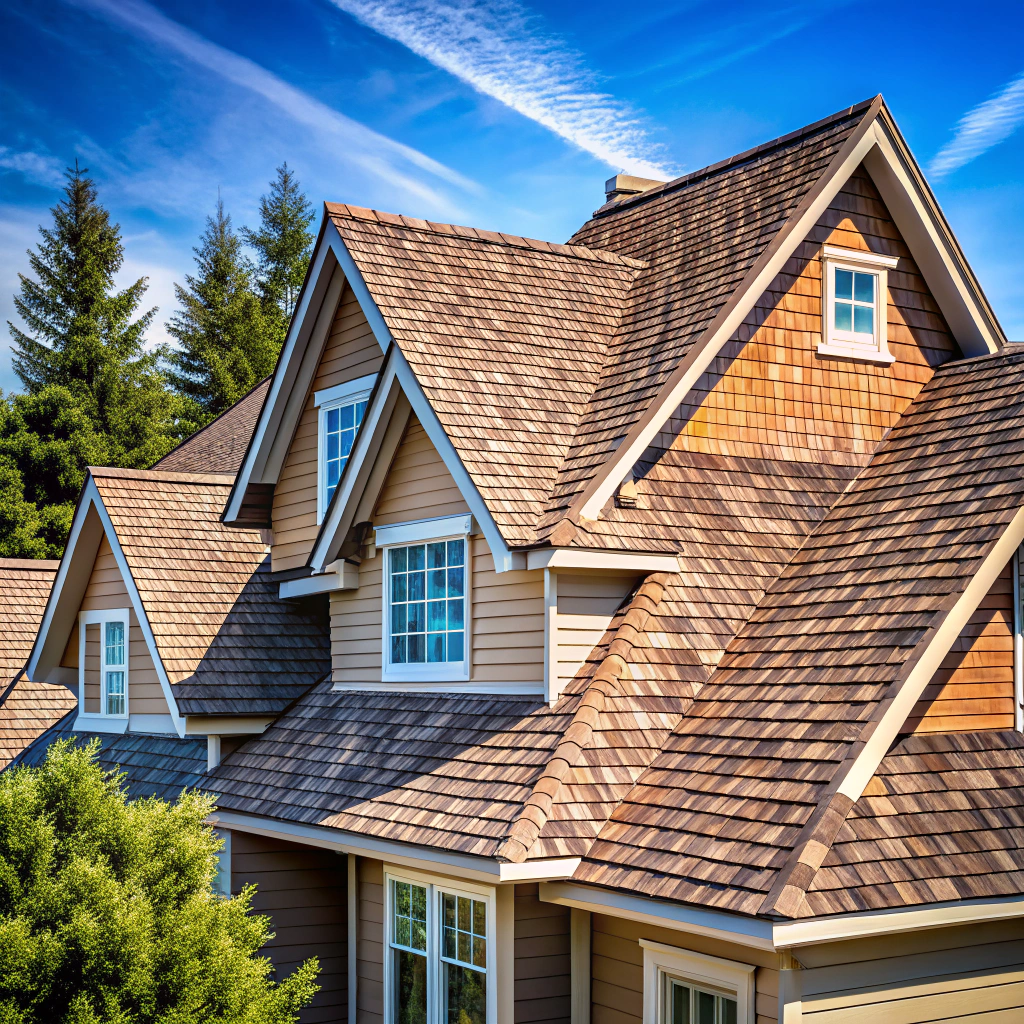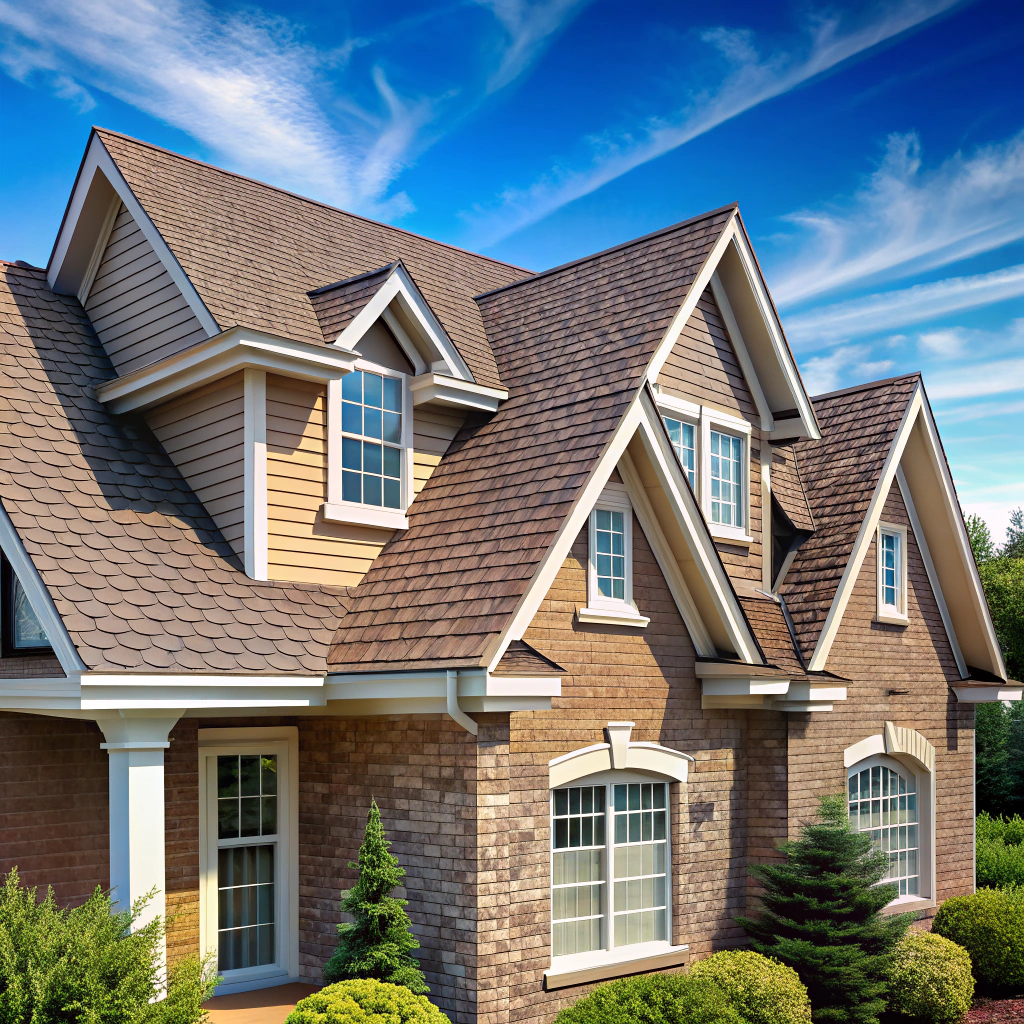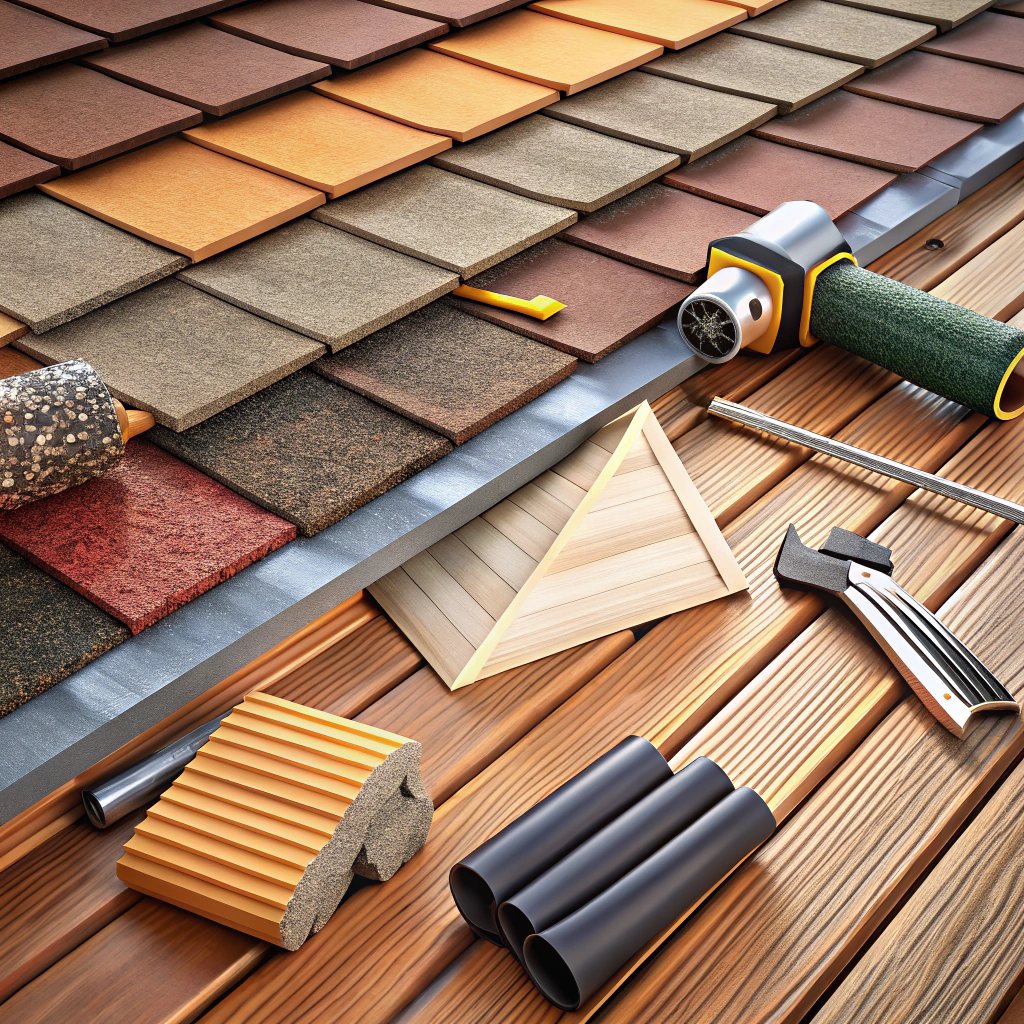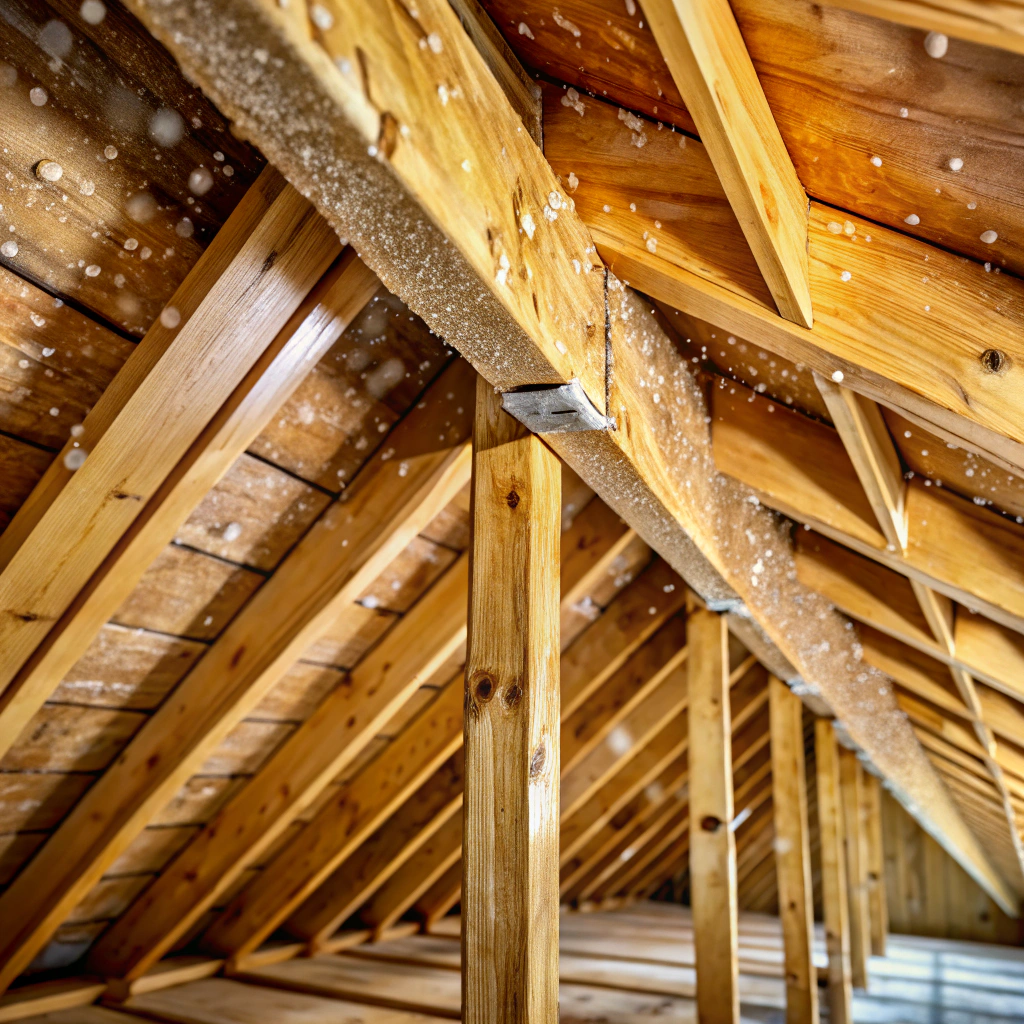Last updated on
Discover the causes and solutions to prevent your roof from imitating a hammock.
A sagging roof: the architectural frown on your home’s face. You don’t need a degree in roofing to know that gravity should not be having a party on top of your house. From water’s sneaky plans to overtly ambitious snow piles, this article dives into the slippery slope of causes and solutions. Wonder who’s at fault? We’ve got details on what to do when your roof tries to get too friendly with the floor. Keep reading to find out how to keep your roof sky-high—and why it might not cost you a fortune. Your roof concerns? Consider them toppled!
Key takeaways:
- Identify causes: water damage, weight limits, poor materials.
- Regular inspections prevent sagging roof disasters.
- Hire professionals for repair; DIY can escalate issues.
- Insurance coverage varies; check your policy details.
- Keep trees trimmed and gutters clear for maintenance.
What Causes a Sagging Roof?

Water damage is like giving your roof a sneaky shower it never wanted. Constant exposure to rain, snow, or faulty plumbing can soak into the structure. Mold might think it’s a spa, but for your roof, it’s a horror show.
Overloading your roof with pianos, pet elephants, or snow may feel like fun ideas (except maybe the snow), but the extra weight isn’t doing your roof any favors. Manufacturers have load limits for a reason—it’s science, not a suggestion!
Choose the right materials and installation crew, or your roof may get its swerve on. Using undersized materials or poor installation is like trying to hold up a house with spaghetti. No bueno.
Time is not exactly on your roof’s side either. As roofs age, they tend to droop, like a tired party balloon. Older roofs with less resilience may start to show signs of sagging, reminding us all that the clock ticks on, even for shingles.
Water Damage
Water is like that guest who overstays their welcome, wreaking havoc without an ounce of remorse. Roofs aren’t big fans of this uninvited guest.
When rainwater sneaks past the shingles and into the roof’s structure, it can cause timber to rot and structural supports to weaken. Over time, the wood becomes about as useful as a chocolate teapot, leading to sagging.
It’s not just the rain. Leaky pipes, persistent dew, and even a faucet-happy bird can contribute. Moisture finds the most creative paths—dripping here, pooling there, emulating a soggy labyrinth adventure.
Once rot sets in, it’s like a call to termites, the ungracious squatters of the insect world, who exploit any soft wood available. The combined effect? A sagging roof that screams neglect louder than a reality TV show.
Regular inspections and gutter cleaning can keep rain’s mischief at bay. Keep your roof dry, and it will live to fight another storm—and possibly tell the tale.
Too Much Weight On the Roof
Adding a layer of snow may make for a winter wonderland, but your roof might disagree if too much piles up. Ever watch a circus performer juggle one too many objects before it all comes crashing down? Roofs work the same way. Each roof can handle a specific weight, known as its load capacity. Solar panels, satellite dishes, or even the entire cast of a rooftop garden party—these extras can collectively push a roof past its breaking point.
Following building codes is crucial, much like remembering not to microwave metal—because nothing good comes from ignoring them. Mistakes in calculations during construction can mean a roof’s load capacity is underestimated. And let’s face it, no house wants to be known as the neighborhood structurally deficient meme. Keep that roof light and stress-free, like a carefree vacation postcard sans the sunburn.
Undersized Materials or Improper Installation
When it comes to roofs, size does matter! Using materials that are too small or inadequate for the job is like trying to hold up a heavy curtain with a toothpick—bound to end in disaster.
– Material Mayhem: If beams or rafters are too small, they might buckle under pressure, laugh in the face of gravity, and decide to take a dip.
– Installation Woes: Even the finest materials need proper installation. Otherwise, you might as well be using spaghetti noodles for support. Missteps in placing these materials can leave your roof hanging on whims and wishes.
– Cutting Corners: In construction, skimping on quality to save a few bucks is like paying for VIP seats and ending up in the nosebleeds. Not worth it.
Ensuring the correct size and proper installation is the key. Who knew your roof had an inferiority complex?
Age
Like an old pair of jeans, a roof naturally loses its charm over time. Here are a few ways age impacts a roof:
– Shingle Woes: The shingles might look like they’ve taken fashion advice from a 1980s rock band—cracked and curled.
– Underlayment Issues: Think of the underlayment as the unseen hero—it’s prone to wear from years of battling the elements.
– Structural Stumbles: Wood structures can weaken, turning your roof into a grumpy old house guest that sags around the edges.
Over time, roofs accumulate a plethora of problems, not unlike a sitcom character in its final season. Keeping these aging issues in mind can help prepare for necessary repairs or replacements before they become the bane of your existence.
How Much Roof Sag Is Ok?
When trying to determine if your roof’s sag is just showing off its unique character or if it’s entering the “oh dear” territory, here are some things to consider:
If you can see the sag from the street and you’re not standing there with binoculars, you might have an issue. Slight dips, especially in older roofs, can be more common. But if your roof looks like it’s preparing for a dramatic descent, it’s not in the performance arts—it needs attention.
Check the materials. Wooden or metal frameworks should boast their original shape. Fluctuations here mean a bigger problem than a fondness for change.
Keep an eye on the level. A handy carpenter’s level isn’t just for hanging pictures; it can help decide if your roof’s sag qualifies for an intervention.
Remember, roofs aren’t supposed to resemble a picturesque rolling landscape. Don’t let it take its role in slumping for dramatic effect too seriously.
How to Determine If Your Roof Is Sagging
Grab a ladder, your eagle eyes, and maybe a friend for safety, it’s time for a little rooftop detective work.
Start with a good old-fashioned sight test. Stand a bit away from your house and take a gander at the roofline. It should resemble a ruler, not a curvy slide at a waterpark.
Check for any noticeable dips or valleys. Roofs should be steady and flat.
Take a peek into the attic, if you have one. Look at the rafters and trusses. They should be as straight as your uncle’s bad jokes at family gatherings.
Scan for cracked or warped wood. Lumber should be in shipshape condition, not mimicking the letter ‘C’.
Lastly, if you’re brave enough to venture onto the roof itself, pay attention to any unusual bounciness underfoot. A bouncy roof may be a fun party trick for roof squirrels, but it’s not ideal for structural integrity.
Stay safe, and remember, if in doubt, call a pro—preferably one who won’t charge you an arm, a leg, and your favorite pair of sneakers.
How to Prevent Roof Sag
Regular maintenance is your roof’s best friend. Think of it like sending your roof to the spa! Inspect it annually or after extreme weather conditions. If spotting loose or missing shingles was a sport, you’d be a champion!
Trim those tree branches that are practicing their trapeze act on your roof. They might look harmless, but they’re secretly plotting a roof takeover.
Keep gutters clean; clogged gutters are like traffic jams for rainwater. This detour leads straight to your roof, causing excess weight and damage.
In colder climates, prevent ice dams from channeling water to places it shouldn’t go. Trust me, your attic isn’t a swimming pool.
Finally, ensure proper ventilation. Without it, your attic becomes a sauna, making shingles curl up like they just discovered yoga, and not in a good way.
How Is a Sagging Roof Fixed?
First things first, call a professional. Trying to fix a sagging roof yourself may end with you starring in your neighborhood’s comedy show.
Professionals might replace old or damaged rafters. Think of it as giving your roof a nice, strong backbone to stand up tall again.
Adding additional support beams can help. They’re like crutches, but for your roof. Handy if it’s feeling a bit under the weather.
Sometimes, shingles need to be swapped or fixed. It’s a roof spa day, where it gets a facelift and can finally stop drooping in despair.
Re-evaluation of the roof’s load might be necessary. Heavy loads might need to be lightened. Less is more, especially when your roof would rather relax.
Ultimately, each roof is like a snowflake, unique in its own troublesome way. An expert will know just how to pamper it right.
Does Home Insurance Usually Cover a Sagging Roof?
Insurance can be as confusing as assembling flat-pack furniture without instructions. Whether your policy covers roof sagging largely depends on the cause. Here’s a handy thought: insurance doesn’t fund your weekend warrior DIY disasters or natural aging.
- Sudden damage due to a peril, like a storm, could see insurers swinging in like superheroes, checkbook in hand. But, if your roof is drooping from wear and tear, it’s more a case of “sorry, Bob, you’re on your own.”
- Policies differ, so give yours a squizz. Look for words like “covered perils.” Wind? Hail? Fallen tree branches? These might be your golden tickets.
- If a colony of termites had a block party in your rafters or you decided parking a car on the roof was a genius idea (it’s not), your insurer probably won’t bail you out.
- Always consult your policy or have a chat with your insurance agent—preferably before the ceiling starts dropping hints that it’s about to become your ground floor.




